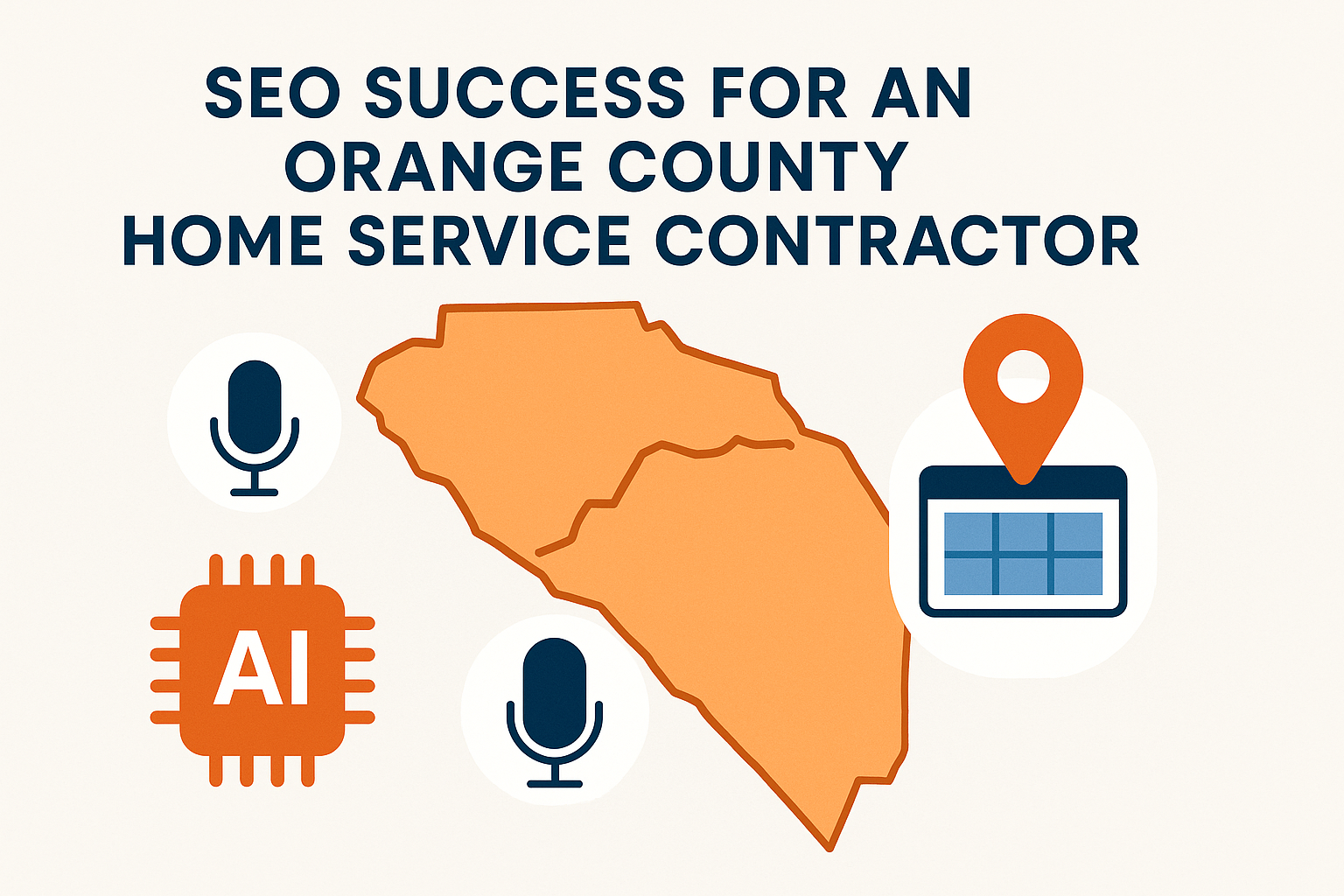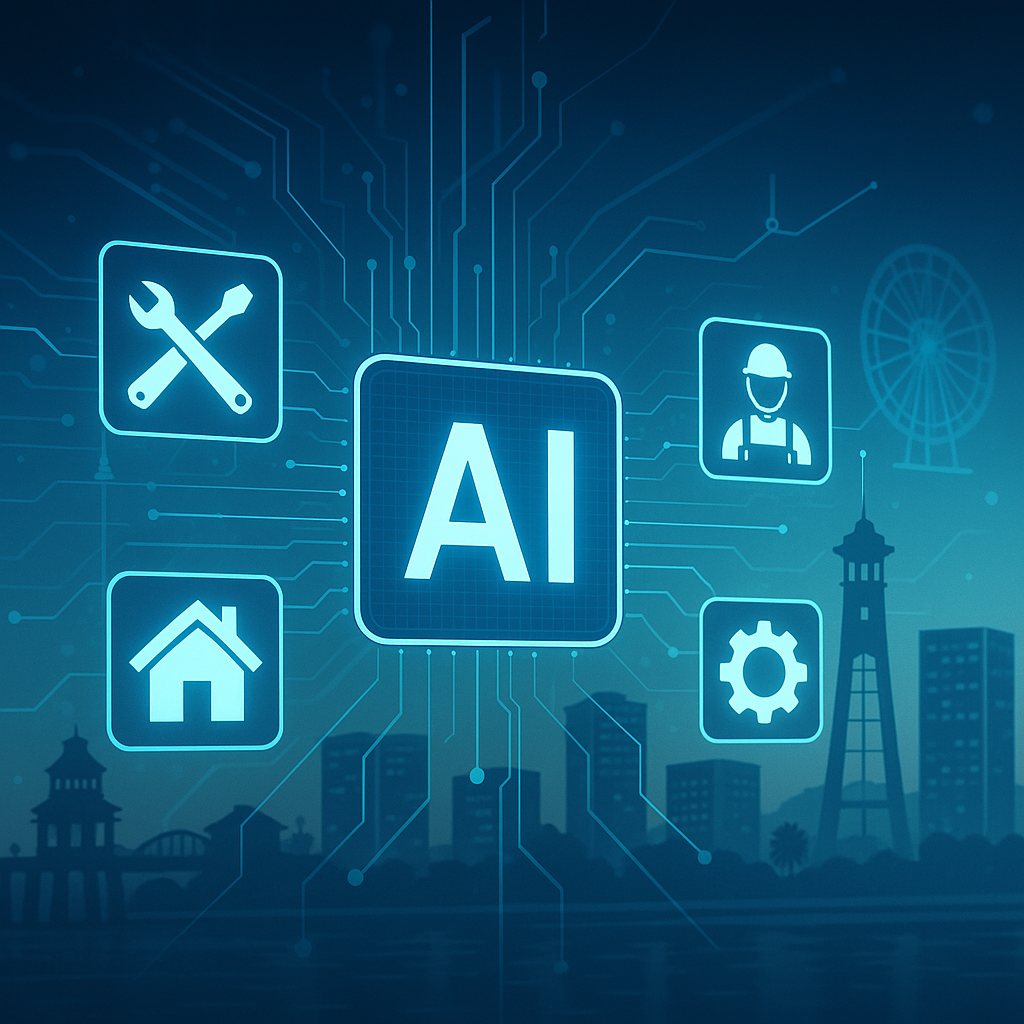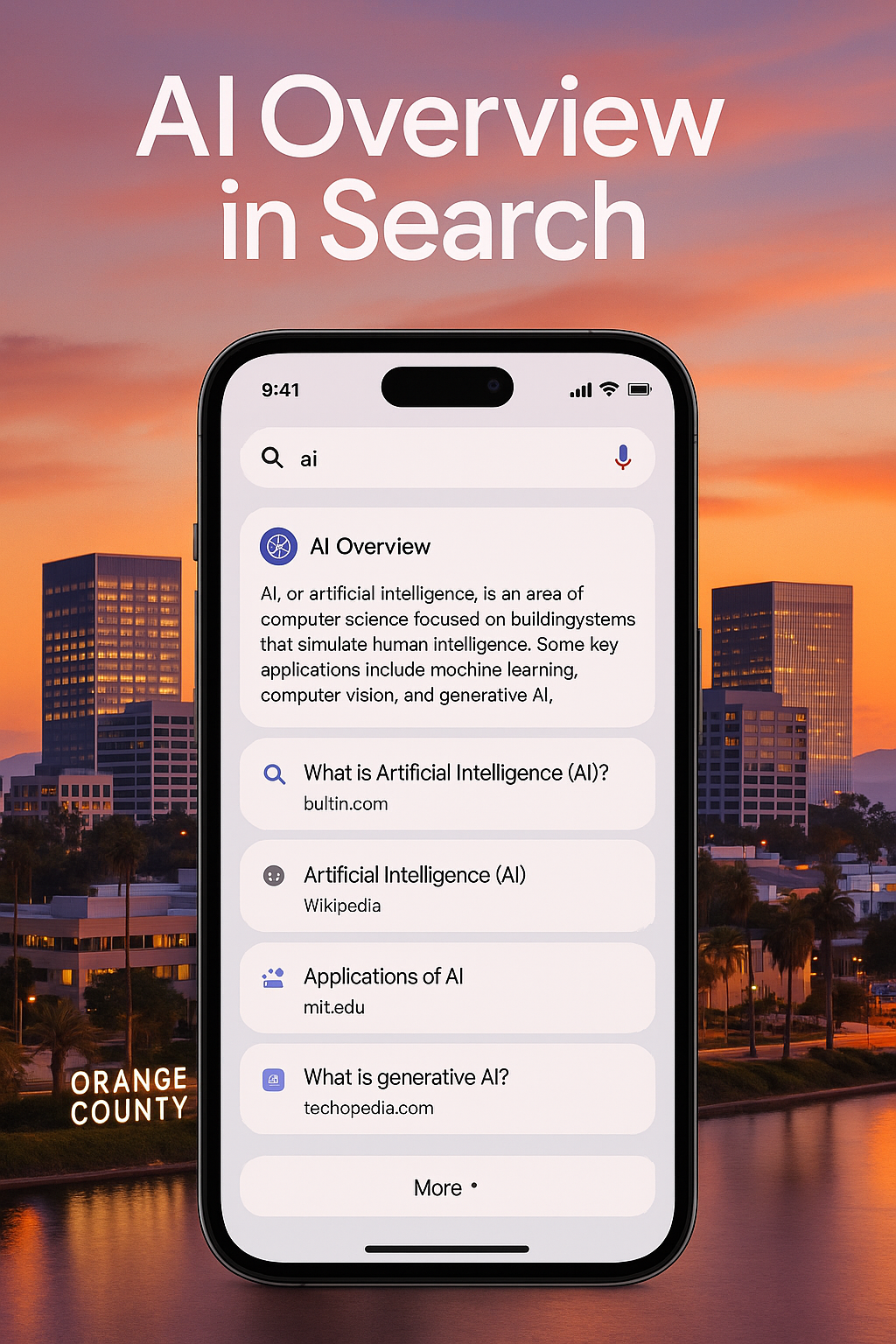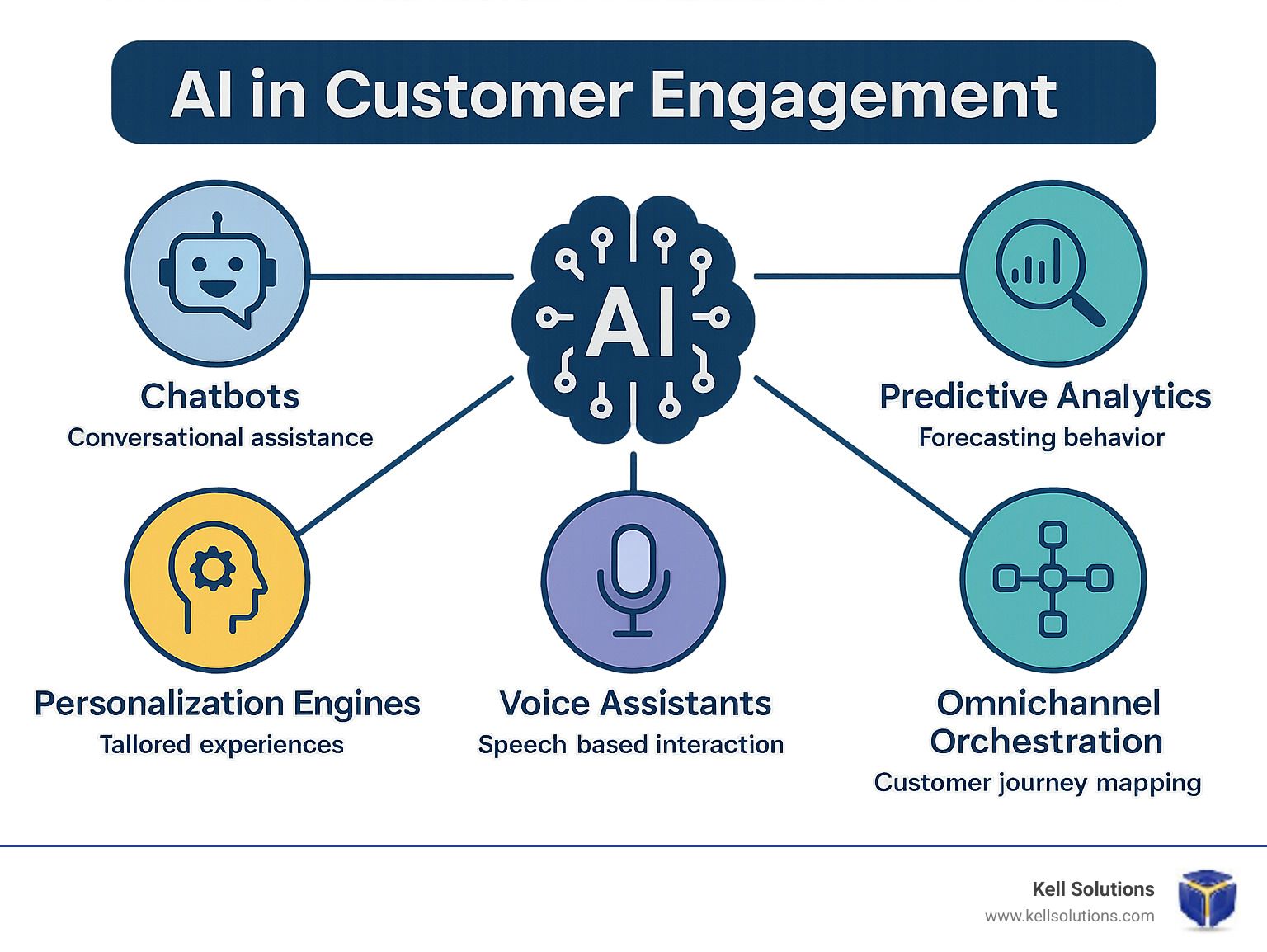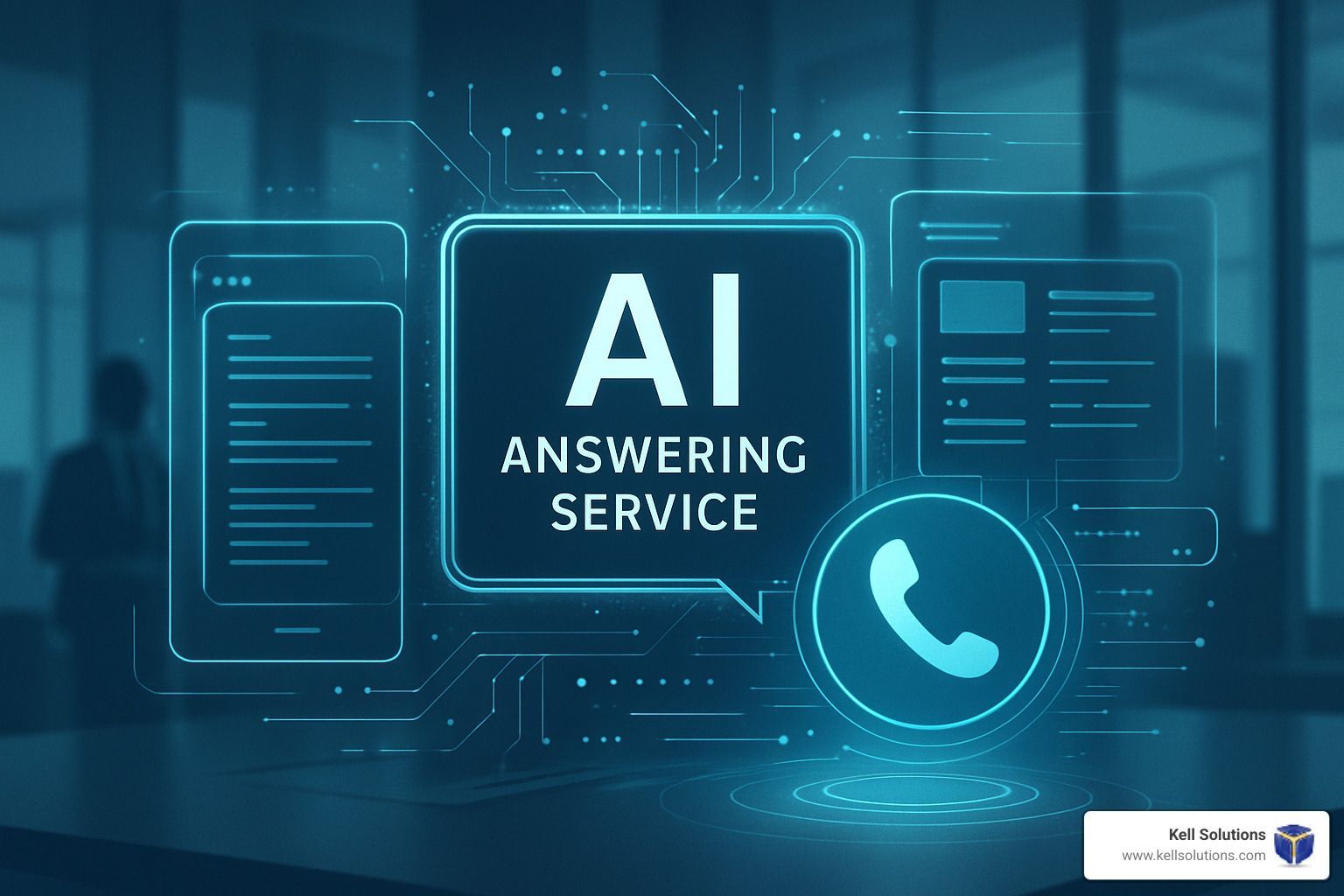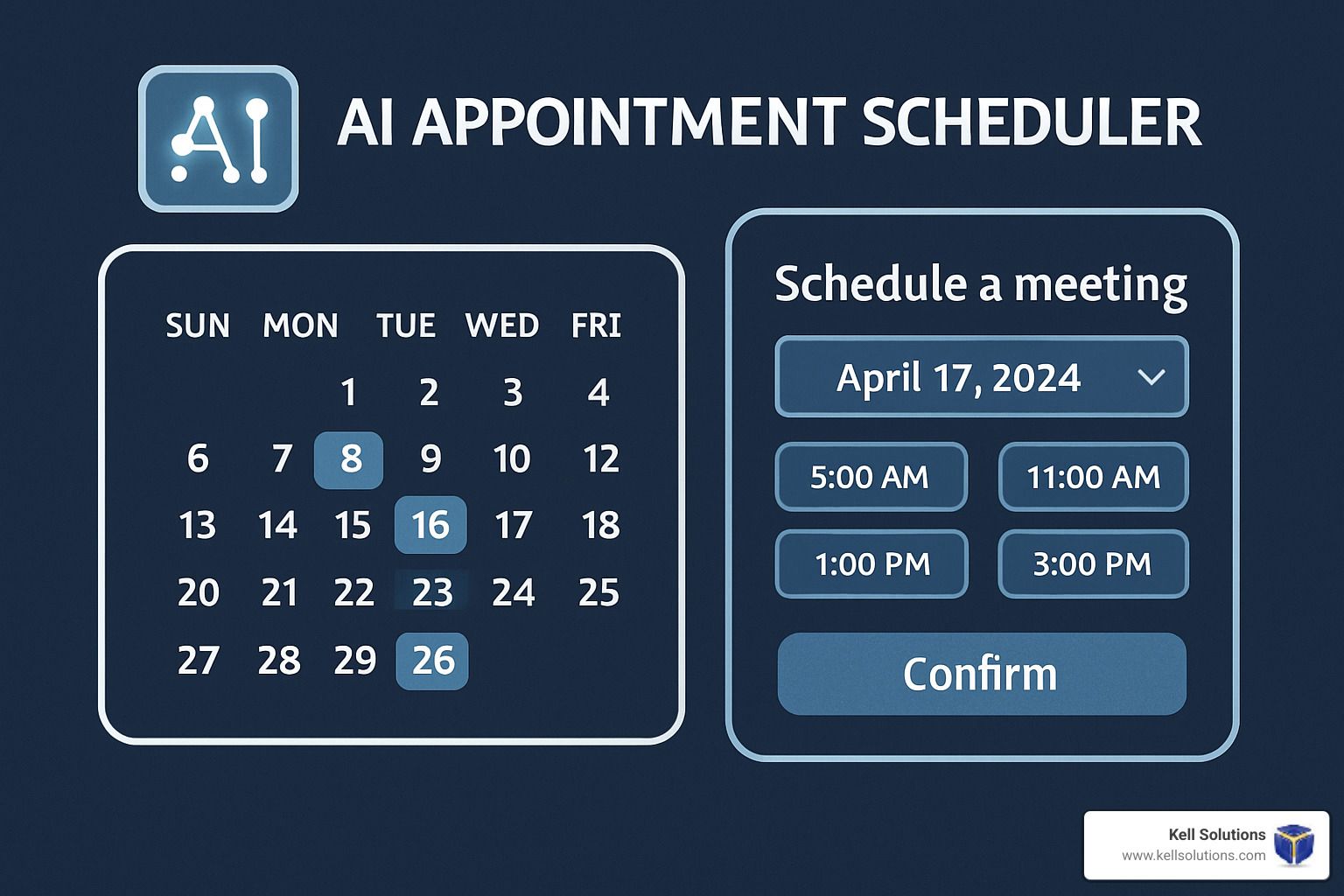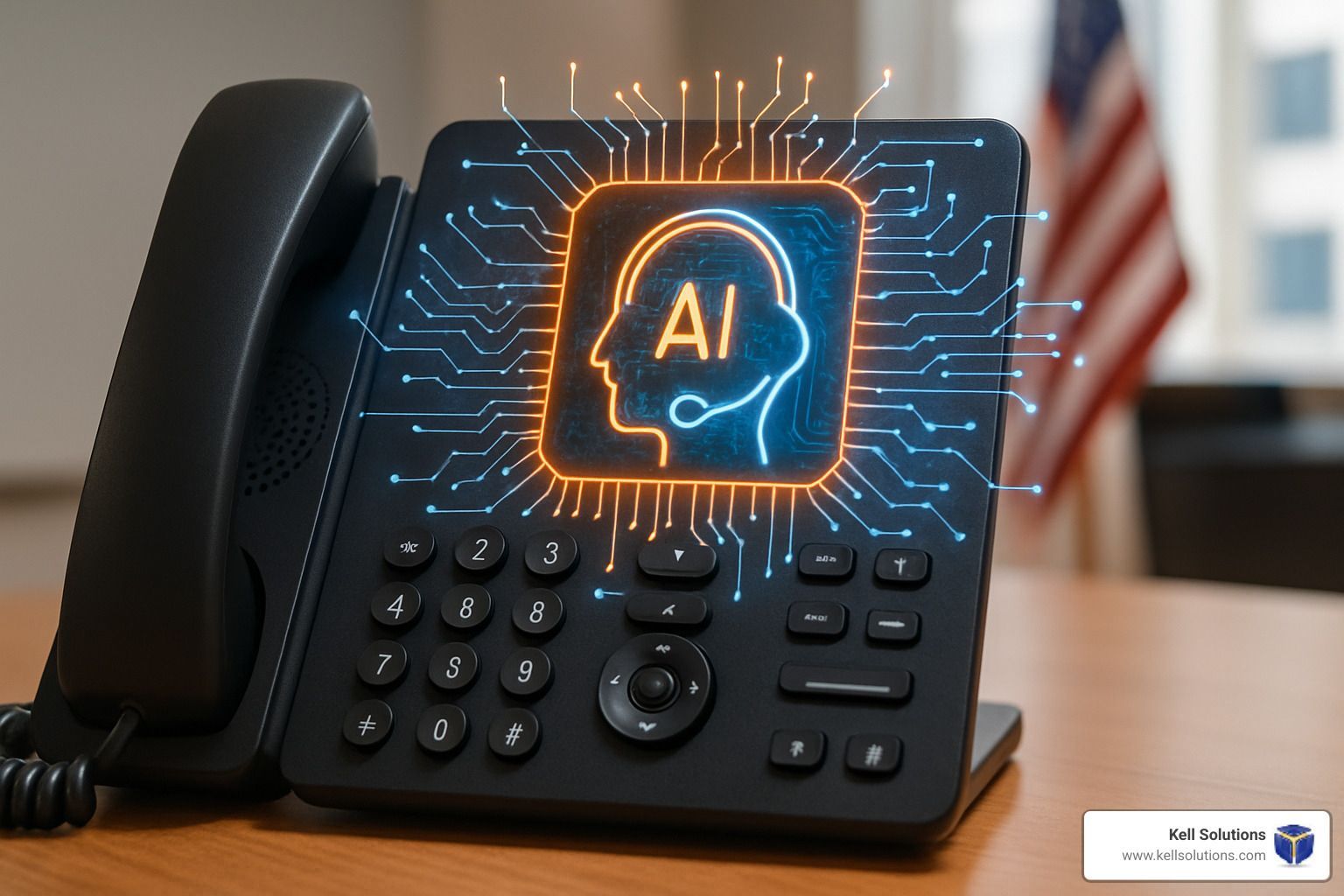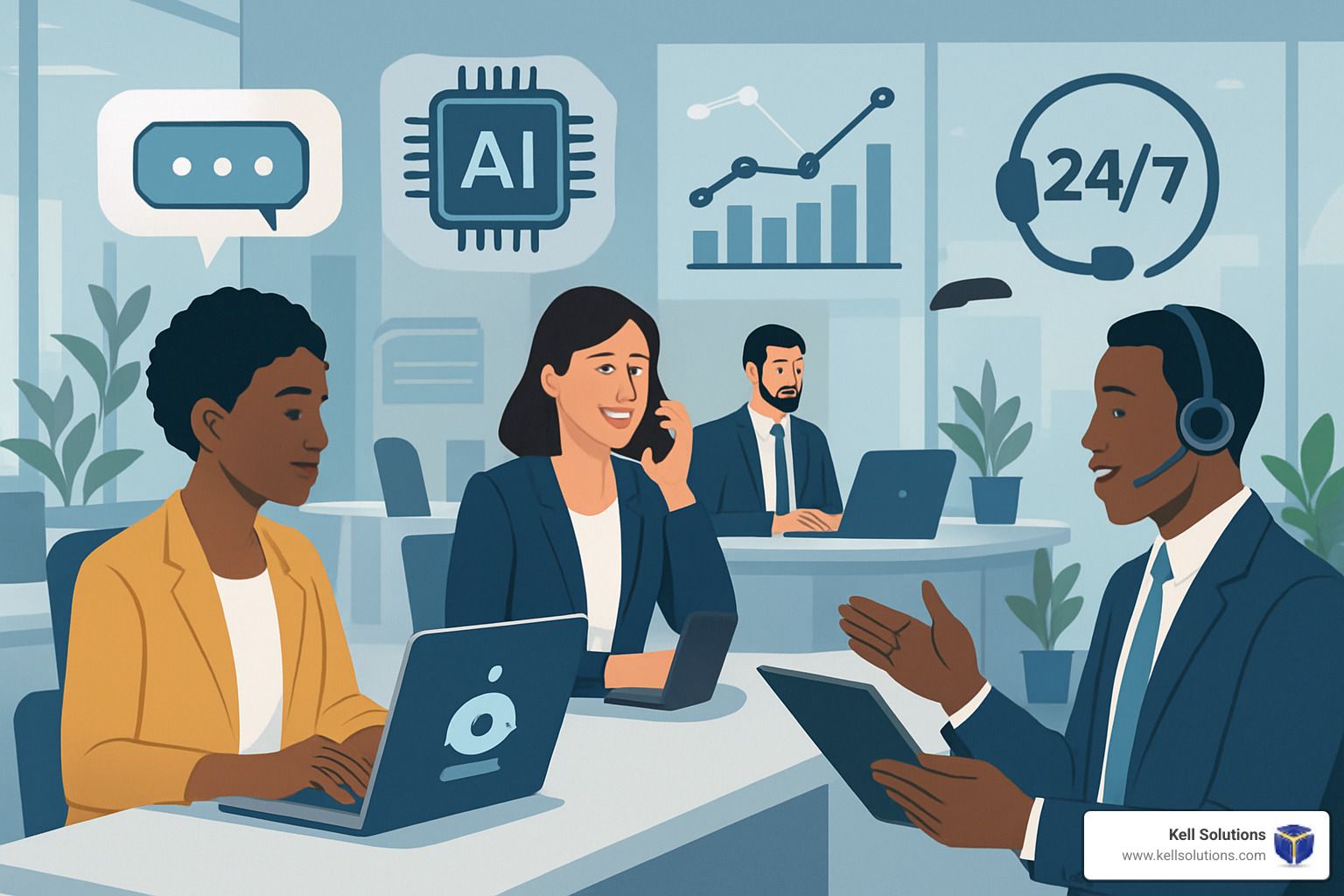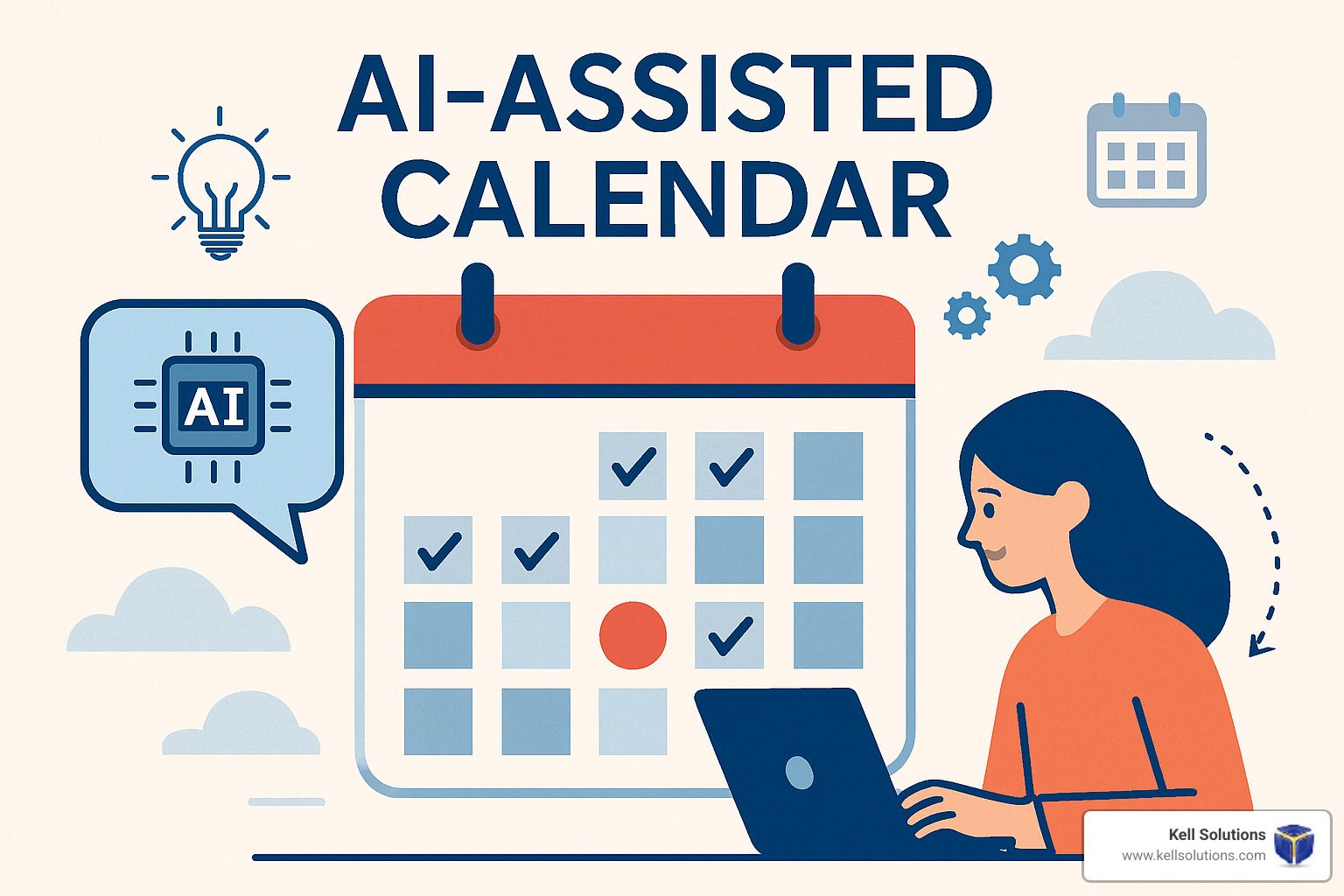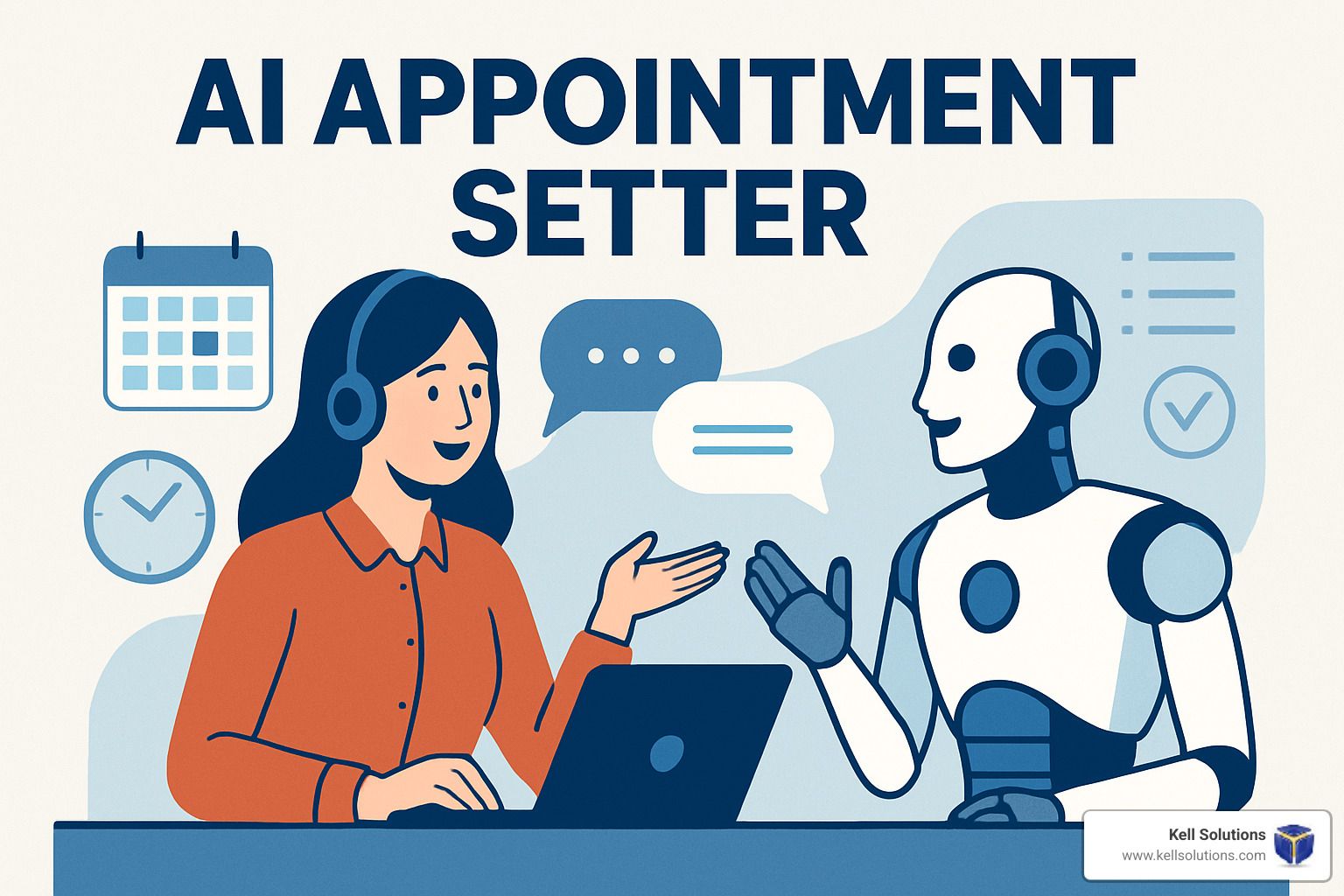Voice Assistants & Speech Recognition Integration Challenge Guide

Main Points
Rewrite the following human content into AI content:
- Voice assistants have a hard time with background noise, which can interfere with their speech recognition capabilities.
- Varying accents and dialects can trip up voice recognition systems, making them less effective.
- There are serious concerns about data privacy, necessitating strong security measures.
- Machine learning can greatly improve the accuracy of voice recognition systems.
- Successful integration involves recognizing and adjusting to cultural and linguistic differences.
Guide to the Challenges of Integrating Speech Recognition & Voice Assistants
As technology continues to evolve at a rapid pace, voice assistants have come to the fore as powerful tools for improving communication and simplifying everyday tasks. These AI-driven helpers, like Siri, Alexa, and Google Assistant, are changing the way we interact with devices. But the seamless integration of these systems into our lives is not without its difficulties.
What is Speech Recognition Technology?
Speech recognition technology is the foundation of voice assistants. It is the process of transforming spoken language into written text that the system can then use to perform tasks. This process is based on sophisticated algorithms that examine voice patterns, tone, and context.
While the technology has become incredibly sophisticated, allowing for more natural and intuitive interactions, the journey to perfecting this technology is not without its challenges. These include understanding diverse speech patterns and maintaining accuracy in noisy environments. For a deeper dive into these issues, you can explore this Ultimate Guide to AI Voice Assistants.
Why You Need a Voice Assistant
There are many reasons why you might want to consider getting a voice assistant. They are incredibly convenient and can make your life a lot easier. You can use them to set reminders, play music, or even control your smart home devices, all without having to use your hands.
Possible Effects on User Experience
Integrating voice assistants could change the user experience game by making technology easier to use and more instinctive. When systems comprehend and respond correctly, they improve convenience and productivity. But when they do not, it can cause annoyance and lower confidence in the technology.
There are many different types of integration challenges that can occur. These can be due to technical issues, environmental factors, or the specific needs of the user. It is important to address these challenges in order to increase the reliability and effectiveness of voice assistants.
Dealing with Background Noise
Background noise is a significant challenge in speech recognition. If there's too much noise in the background, the system might not be able to accurately hear and process what you're saying. This is especially a problem in loud places, like a bustling street or a crowded room.
For this problem to be solved, voice assistants require sophisticated noise-canceling technologies that can eliminate unnecessary noise and concentrate on the user's voice.
Understanding Various Dialects and Accents
One of the biggest hurdles is getting voice assistants to understand different dialects and accents. These AI-powered tools often have a hard time with pronunciation and intonation variations, which can lead to miscommunications and wrong answers.
Adapting to Culture and Language
Voice assistants need to be able to understand and adapt to the intricacies of culture and language to be truly effective. This includes understanding idiomatic expressions, local slang, and cultural references that can differ greatly from one region to another.
Maintaining Data Privacy and Security
- Using robust encryption techniques to safeguard data.
- Consistently updating security measures to tackle emerging threats.
- Offering users transparent details about data utilization and privacy rules.
As voice assistants are becoming more prevalent in personal and work environments, data privacy is becoming more of a worry. Users need to know that their data is safe and being used properly.
Overcoming these obstacles will require a combined effort from developers, businesses, and users to create a more fluid and secure experience.
Adapting to Local Cultures and Customs
For voice assistants to be successful on a global scale, they must be able to adapt to local cultures and customs. It's not enough for these systems to simply translate languages. They must also understand the cultural contexts, preferences, and sensitivities of users from various cultural backgrounds.
For this to happen, developers need to include regional dialects and colloquialisms into the language models. This guarantees that the voice assistant can comprehend and respond accurately to users from various regions, thereby improving the user experience.
Furthermore, cultural customization requires tailoring the assistant's responses to fit local customs and values. This could involve everything from acknowledging local holidays to comprehending culturally specific humor and phrases.
"Localization isn't only about translating languages; it's about adapting to and being relevant in different cultures." - Industry Expert
By focusing on localization and cultural customization, businesses can broaden their market reach and increase user satisfaction in various regions.
Boosting Security with Encryption Methods
Security is a top priority when integrating voice assistants, particularly because these devices often manage sensitive personal data. To safeguard user information, strong encryption methods need to be used.
Encryption is a way to make sure that data sent between the voice assistant and the server is safe and can't be accessed by people who aren't supposed to see it. Developers need to use the most up-to-date encryption standards and update them often to keep up with new cyber threats.
Top Tips for Effective Integration
In order to integrate voice assistants effectively, you need to adopt a strategic approach that takes into account both the technical and user-centric elements. Adhering to best practices can greatly improve the performance and dependability of these systems.
Thorough Testing in Diverse Settings
Testing is an essential phase in the creation of voice assistants. This includes assessing the system's performance in a variety of settings to guarantee consistent precision and dependability. This entails testing in quiet environments, as well as in noisy and changeable environments.
Through thorough testing, developers can pinpoint possible problems and fine-tune the technology to work at its best under different circumstances. This helps to avoid mistakes and improves the overall user experience.
Designing Voice Interfaces with the User in Mind
The goal of user-centered design is to create interfaces that are simple and intuitive. When it comes to voice assistants, this means creating interactions that feel natural and don't require a lot of effort on the part of the user.
When creating voice interfaces, developers need to keep user feedback and preferences in mind. This means making command structures easy to understand, providing responses that are clear and to the point, and making sure the assistant can deal with complicated questions without any issues.
Regular Feedback and System Updates
For voice assistants to remain effective, they must receive regular feedback and undergo consistent system updates. Users provide feedback that gives valuable insights into how the assistant can improve. This might be understanding specific commands better or improving the accuracy of responses.
Working with Skilled Programmers
Working with skilled programmers can speed up the integration process and guarantee superior results. These experts have knowledge of the latest technologies and top industry methods, which are essential for creating strong and dependable voice assistants.
Practical Applications and Success Stories
"The way we communicate with our homes has been revolutionized by the introduction of voice assistants in smart homes, making them more user-friendly and productive." - Smart Home Enthusiast
Looking at examples from the real world and case studies can give us useful lessons on what successful integration strategies look like and what traps we should avoid. These examples show us how voice assistant technology can be practically used and what benefits it can bring in different sectors.
Take the automotive industry for example, where voice assistants have been incorporated into car systems to provide hands-free access to navigation, entertainment, and communication features. This significantly improves driver safety and convenience.
Effective Use in Smart Homes
Smart homes are one of the most common uses for voice assistants. These systems let users control lights, temperature, security, and other home features with voice commands.
- Lighting control that adjusts to your needs automatically.
- Adjusting the temperature to save energy.
- Security systems that respond to your voice for better protection.
When you integrate voice assistants into your smart home, you can have a home that’s more connected and efficient.
Adoption in the Car Industry
Within the car industry, voice assistants are improving the driving experience by allowing hands-free operation of many vehicle features. These features include navigation, playing music, and communication systems.
Voice assistants enhance driver safety by minimizing the need for manual controls, making the journey more seamless and enjoyable.
Using Voice Assistants in Customer Service
Voice assistants are being used more and more in customer service, where they can answer common questions and help with basic tasks. This allows human agents to focus on more complicated issues and improves overall efficiency.
"We've seen faster response times and happier customers since we started using voice assistants in our customer service." - Customer Service Manager
Customer service operations can benefit greatly from voice assistants, as they can perform tasks such as answering frequently asked questions, processing orders, and providing product information.
Upcoming Trends in Speech Recognition and Voice Assistants
With the constant evolution of technology, there are a number of trends that are shaping the future of speech recognition and voice assistants. These trends are aimed at improving the capabilities and uses of these systems.
One trend is the integration with augmented reality systems. Voice assistants can provide real-time information and guidance in immersive environments, opening up new possibilities for education, entertainment, and professional applications.
Moreover, the use of voice assistants in healthcare is growing, with uses that vary from monitoring patients to providing personalized health advice. These developments could transform the way healthcare is provided and enhance the results for patients.
How Artificial Intelligence Improves Voice Assistants
Artificial Intelligence (AI) is the magic behind the curtain for modern voice assistants, making them smarter and more intuitive. AI allows these systems to learn from their interactions with users, which improves their ability to understand context and the subtleties of human speech. This makes voice assistants more intuitive and able to handle more complex commands. For more insights, explore the ultimate guide to AI voice assistants.
What's more, advancements in AI are allowing for more personalized user experiences. By examining user preferences and behaviors, voice assistants are able to customize their responses and suggestions, making interactions more pertinent and engaging. This customization is a key element in improving user satisfaction and loyalty.
Combining Voice Assistants with Augmented Reality Systems
One of the most exciting developments in the tech industry is the marriage of voice assistants and Augmented Reality (AR) systems. This combination allows users to interact with digital information in a way that feels more natural and immersive. For instance, in an educational setting, students could use voice commands to navigate 3D models and receive explanations in real-time, making their learning experience more engaging.
In the retail industry, voice-activated augmented reality (AR) can furnish shoppers with comprehensive product details and tailored suggestions as they explore virtual stores. This flawless fusion of voice and AR technologies paves the way for new opportunities for interactive and captivating user experiences.
How Voice Assistants are Changing the Healthcare Industry
Voice assistants are becoming more and more prevalent in the healthcare industry. They have a wide variety of uses, from helping healthcare professionals manage their patients to giving patients personalized health tips. For example, voice assistants can help doctors pull up patient records, schedule appointments, and remind patients to take their medication.
Voice assistants can provide health advice, monitor vital signs, and remind patients to take their medication, all through simple voice commands. This not only increases patient engagement, but also allows people to play a more active role in managing their health.
Wrapping Up
Our everyday lives are becoming increasingly integrated with speech recognition and voice assistants, showcasing how technology can improve communication and make tasks easier. Despite the challenges, the progress in AI and other related technologies is making these interactions more smooth and natural.
The Rising Significance of Voice Technology
Voice technology is increasingly becoming a critical component of contemporary communication. It provides hands-free, effective, and personalized interactions, making it a useful asset in a variety of fields, including smart homes and healthcare. As technology continues to progress, the significance of voice assistants will only increase, paving the way for new avenues for innovation and user interaction.
Still, to fully tap into the power of voice technology, we must tackle the challenges of integration, including enhancing accuracy, guaranteeing data privacy, and adjusting to cultural variations. By doing this, we can create a world that is more interconnected and efficient.
For businesses and developers looking to integrate voice assistants, it is crucial to focus on user-centered design and continuous improvement. Partnering with experienced developers can provide the expertise needed to navigate technical challenges and deliver high-quality solutions. Additionally, gathering user feedback and staying updated with the latest technological advancements will ensure that your voice assistant remains relevant and effective.
Commonly Asked Questions
With the rise of voice technology, it's only normal to have a few questions about how it works and what it means for us. Here are a few of the most frequently asked questions and their answers.
What are the benefits of using voice assistants?
Voice assistants, such as VoiceGenie AI, provide a number of advantages, such as the ability to operate hands-free, improved productivity, and tailored interactions. They simplify multitasking and speed up information retrieval, making daily tasks more convenient.
Furthermore, voice assistants can connect with other intelligent devices, resulting in a more integrated and automated setting. This connection offers smooth control over various facets of daily life, from operating home appliances to accessing entertainment choices.
What can companies do to guarantee data privacy with voice recognition?
To guarantee data privacy, businesses need to put strong security measures in place, like encryption and frequent updates to security protocols. It's also important for businesses to provide clear information about how they use data and what their privacy policies are to build trust with users.
How does machine learning improve voice technology?
Machine learning boosts voice technology by allowing systems to learn from user interactions and improve over time. This process of learning allows voice assistants to better understand context, nuances, and user preferences, resulting in more accurate and personalized responses.
How do voice assistants manage various languages or accents?
Voice assistants employ sophisticated algorithms and machine learning models to identify and adjust to various languages and accents. The accuracy and efficiency of these models in various linguistic settings are improved through ongoing training and updates.
Localization efforts are also crucial to ensuring that voice assistants can comprehend and respond to regional dialects and cultural nuances, thereby enhancing user satisfaction and engagement.
What are the typical difficulties in incorporating voice technology into intelligent devices?
Typical difficulties include managing background noise, precisely identifying different accents, and guaranteeing data privacy. Developers must also take into account cultural and linguistic adaptability to provide a seamless user experience across a variety of regions.
To overcome these obstacles, a mix of cutting-edge technologies like noise-canceling systems and machine learning, along with strategic planning and principles of user-centered design, are necessary.
Once these hurdles are cleared, businesses can successfully incorporate voice technology into smart devices, providing users with a more integrated and efficient experience.
📚 About the Author
Gregg Kell is a seasoned digital marketing strategist and founder of Kell Web Solutions, Inc., helping professional service firms grow through innovative AI-powered solutions like VoiceGenie AI. With over 20 years of experience in web development, lead generation, and business automation, Gregg is passionate about helping small businesses maximize growth and profitability through cutting-edge technologies.
When he’s not helping businesses boost their bottom line, Gregg enjoys life by the beach in Laguna Beach, California, with his wife Debbie, celebrating over 40 years of marriage and entrepreneurial adventures.
👉 Explore More from Gregg:
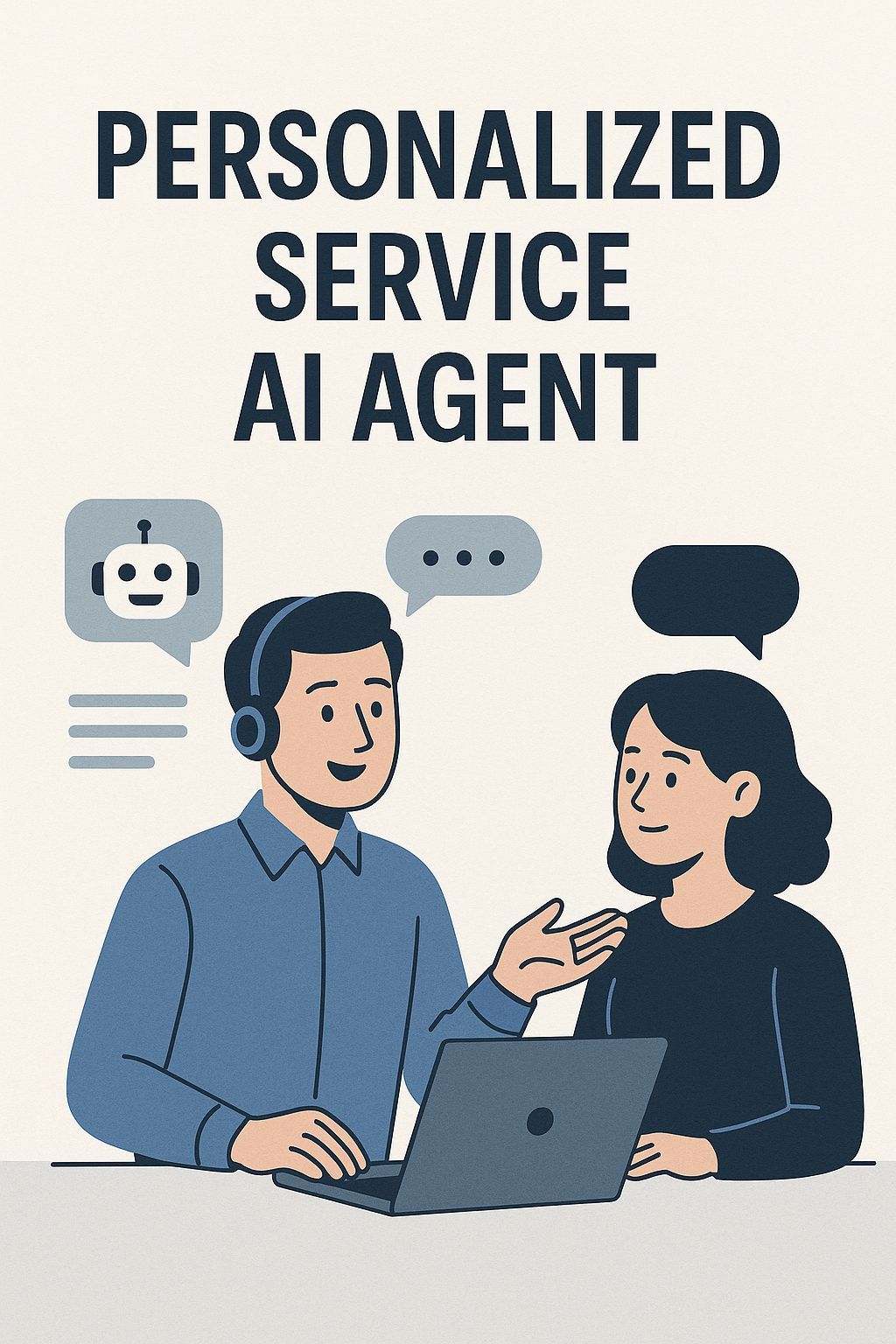

Orange County HVAC Google AI Overview Domination: 7 Proven Strategies to Capture Featured AI Results





